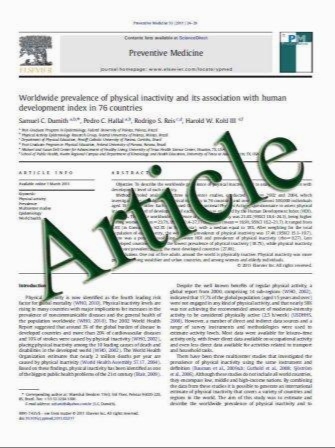Causes of inpatient death for patients with warfare-related limb trauma and logistic regression analysis of the risk factors
- نوع فایل : کتاب
- زبان : انگلیسی
- مؤلف : C. Z. Cheng D. H. Zhao Q. Y. Li H. Y. Qu B. C. Chen Z. D. Lin
- چاپ و سال / کشور: 2011
Description
Objectives To explore the causes and risk factors of inpatient death for patients with warfare-related limb trauma. Methods A retrospective study involving 339 patients with warfare-related limb trauma who were admitted to our hospital from 1998 to 2002 was conducted. Autopsy was performed for 15 cases who died in order to investigate the cause of death. Furthermore, based on the clinical features of warfare-related trauma patients, 11 factors were selected for further analysis: X1: causes of trauma, X2: shock after injury, X3: time from injury to hospital admission, X4: injured sites, X5: combined trauma (including head, thorax, abdomen, and vascular injury), X6: number of surgical procedures, X7: foreign body remaining, X8: fracture, X9: amputation, X10: duration of tourniquet homeostasis, X11: infection. All variables were available in all cases, and all parameters were quantified and fed into a computer. Multivariate statistical analysis was performed with a logistic regression model to elucidate the risk factors influencing death. Results Fifteen of the 339 inpatient cases died (4.4%). The causes were primarily acute renal failure (ARF) (seven cases, 46.7%), pulmonary embolism (PE) (three cases, 20.0%), multiple organ system failure (MOSF) (two cases, 13.3%), and gas gangrene (three cases, 20.0%). There was one case of gas gangrene with concomitant ARF, and one of gas gangrene with MOSF. The primary risk factors influencing death included shock, amputation, and complicating infection (P\0.05). Conclusion The primary cause of death from warfarerelated limb trauma is ARF. The appropriate and prompt management of shock patients, the correct timing of amputation, and the prevention and correct handling of infection are important in reducing mortality
Eur J Trauma Emerg Surg DOI 10.1007/s00068-011-0146-x Received: 9 February 2011 / Accepted: 21 July 2011


